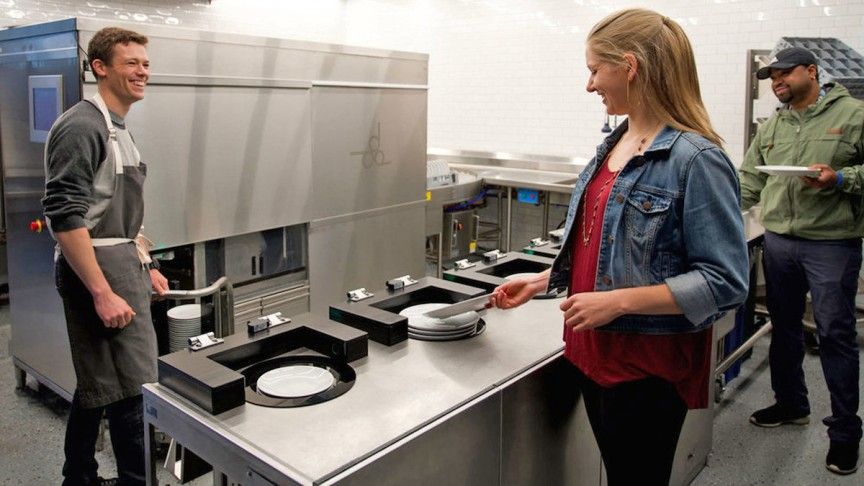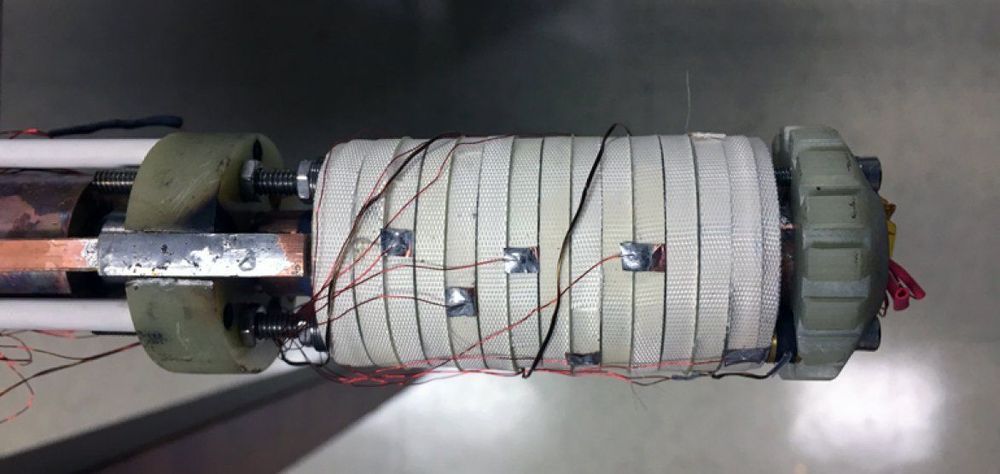Dishwashers already make our washing automated. This robot uses AI scanners for extra cleanliness.




On the frontlines of the Ebola response are local Congolese workers with temporary job contracts. They are often driven into this work by economic necessity, as well as a desire to help.
Belinda Landu, a tall 28-year-old with long hair who radiates confidence, was making a meager living as a tailor in capital city Kinshasa before the outbreak. While visiting her mother in Beni last August, she spotted an advertisement for a health promoter. Today, she’s passionate about her role: decontaminating the houses of confirmed Ebola patients. “I want to stop the spread of the epidemic,” she said. “My family understand I work here to help people. If we get Ebola people will help us too.”
When she arrives at the scene of a recent diagnosis, Landu changes into a full protective outfit, including a full plastic bodysuit, mask, hairnet, gumboots, and both latex and rubber gloves, and begins the slow process of covering everything — inside and outside a house — with a chlorinated spray. Locals gather around to stare at her. They’re often terrified, she says, though she tries to be kind — speaking to them before she starts, and even stopping to play soccer with children after she changes out of her outfit.
Cyberattack blocked 911 dispatchers from logging calls, as a growing number of U.S. municipalities are taken hostage.
Dr. Oliver Medvedik and guests will be taking a look at the recent human trial of Urolithin A, a metabolite produced by microflora and an active ingredient in pomegranates which is linked to increased levels of mitophagy in aged animals. Join us at 13:00 EDT on our Facebook channel where we will be livestreaming the show and discussing this interesting publication.
Link to Paper: https://www.nature.com/articles/s42255-019-0073-4
Literature.


These are the Mars homes that NASA awarded $500,000.

Nature asked researchers and other stakeholders what hurdles remain before heritable gene editing could become acceptable as a clinical tool. Although some scientific challenges are probably surmountable, approval on a grand scale is likely to require changes to how clinical trials are run, as well as a broader consensus about the technology.
Efforts to make heritable changes to the human genome are fraught with uncertainty. Here’s what it would take to make the technique safe and acceptable.
